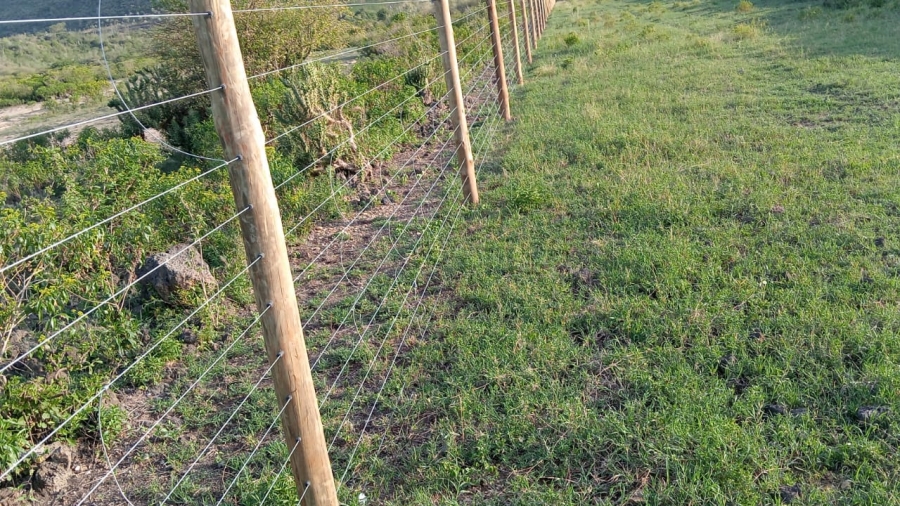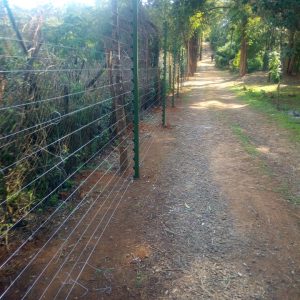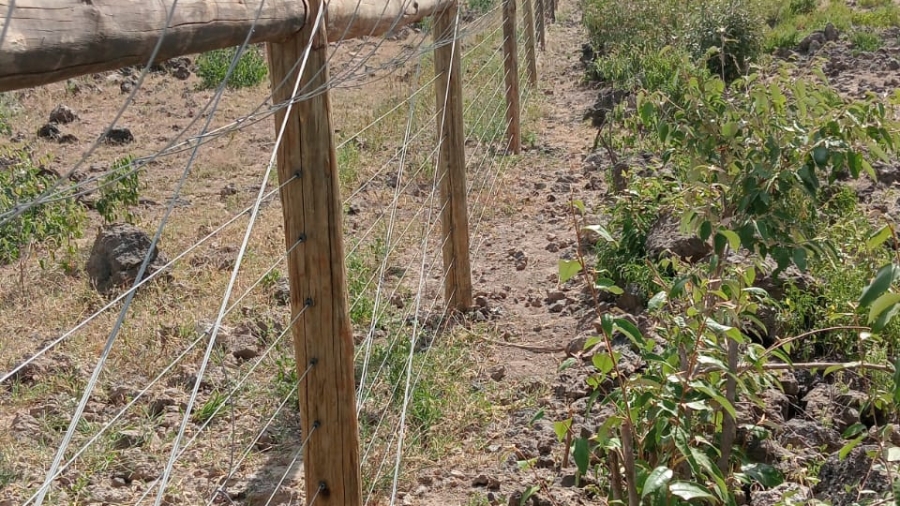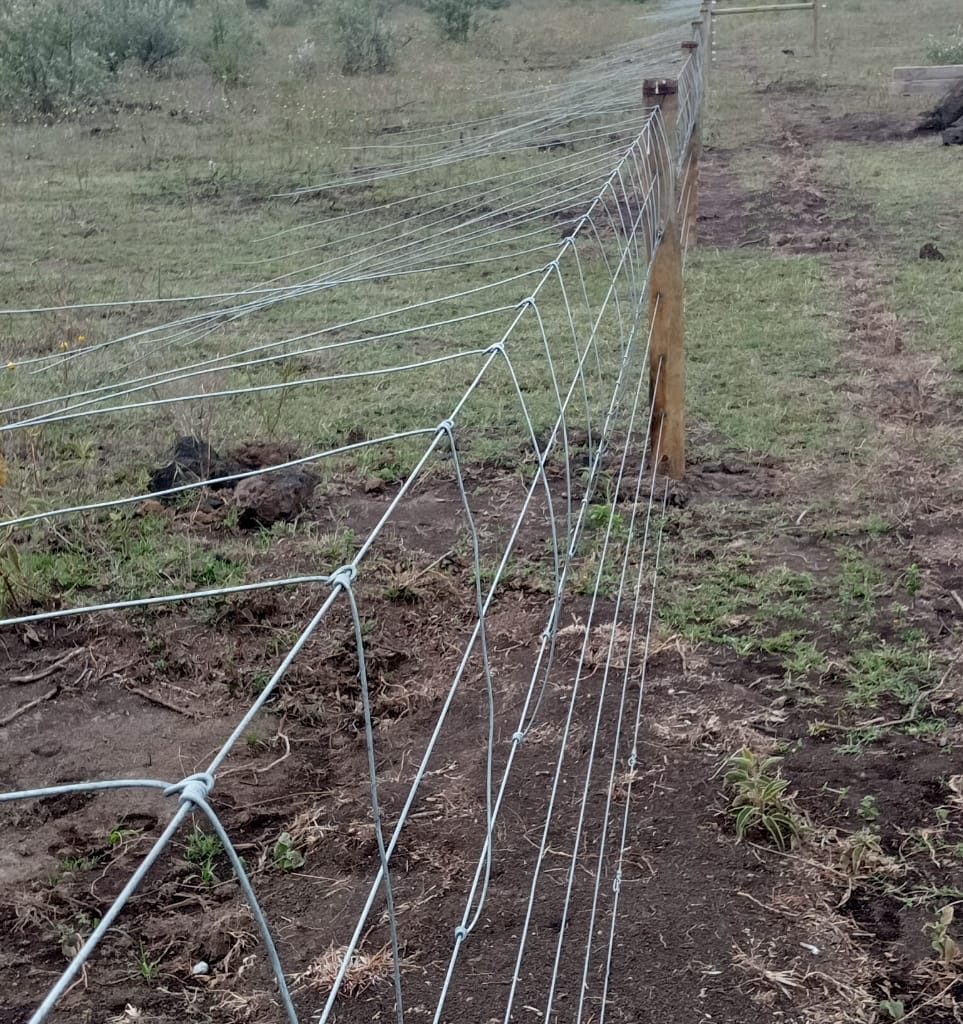Selecting the right fence for your property is a crucial decision that requires careful consideration. With numerous options available, it’s essential to assess various factors to ensure that the chosen fence meets your specific needs. In this blog post, we will provide a comprehensive guide to help you choose the right fence for your property. By considering factors such as security needs, privacy requirements, aesthetic preferences, and budget constraints, you can make an informed decision that perfectly suits your unique needs.
1. Security Needs
The level of security you require is an important consideration when choosing a fence. If security is a top priority, you may opt for a fence with features such as a height that deters intruders, sturdy materials like metal or composite, and secure gate options. Assess the vulnerabilities of your property and choose a fence that provides the necessary security measures.
2. Privacy Requirements
Privacy is often a significant consideration for homeowners. If privacy is important to you, consider fences that offer full or partial privacy, such as solid wood or vinyl fences. The height, spacing between boards or panels, and overall design should provide the desired level of privacy while still complementing the aesthetics of your property.
3. Aesthetic Preferences
The fence you choose should enhance the overall aesthetic appeal of your property. Consider the architectural style of your home and the surrounding landscape. For a more traditional look, wood fences may be a suitable option. Alternatively, modern properties might benefit from sleek and contemporary materials like metal or composite. Choose a fence that complements the existing aesthetics and adds value to your property.
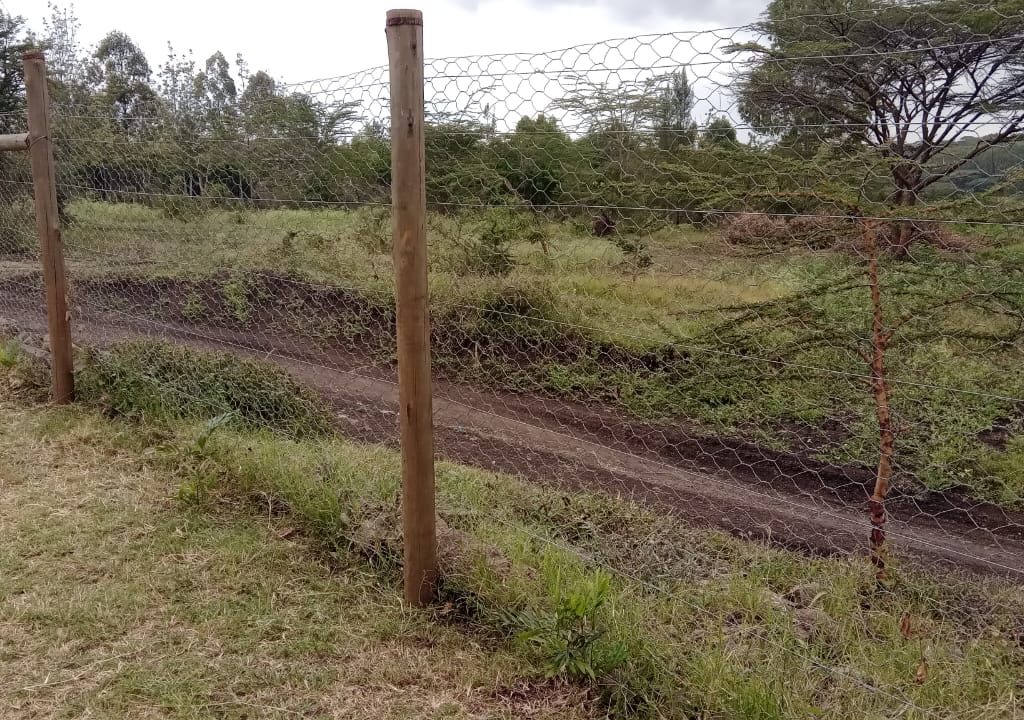
4. Property Boundaries and Regulations
Before installing a fence, it’s important to understand your property boundaries and any local regulations or homeowners’ association rules that may restrict fence height, materials, or design. Ensure that your chosen fence complies with these regulations to avoid any legal issues or disputes with neighbors.
5. Maintenance and Durability
Consider the level of maintenance you are willing to undertake and the durability required for your fence. Some materials, like wood, may require regular staining or painting to maintain their appearance and protect against weathering. Alternatively, materials like vinyl or composite require minimal maintenance and are more resistant to rot, pests, and weather conditions. Assess your maintenance preferences and choose a fence that aligns with them.
6. Budget Constraints:
Budget is an important factor in any decision-making process. Determine your budget for the fence installation, including materials, labor, and ongoing maintenance costs. Different fencing materials have varying price ranges, so consider options that fit within your budget without compromising on quality or functionality.
Conclusion
Choosing the right fence for your property involves considering multiple factors such as security needs, privacy requirements, aesthetic preferences, property boundaries, maintenance, and budget constraints. By carefully evaluating these factors, you can make an informed decision that not only meets your specific needs but also enhances the overall appearance and value of your property. Remember to consult with professionals and gather multiple quotes to ensure you choose the best fence that suits your unique requirements.


